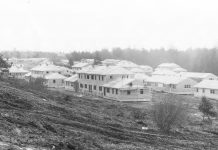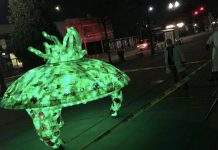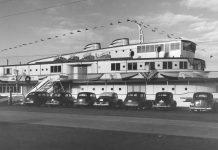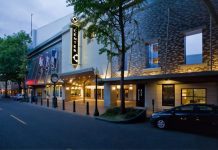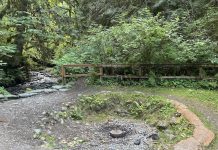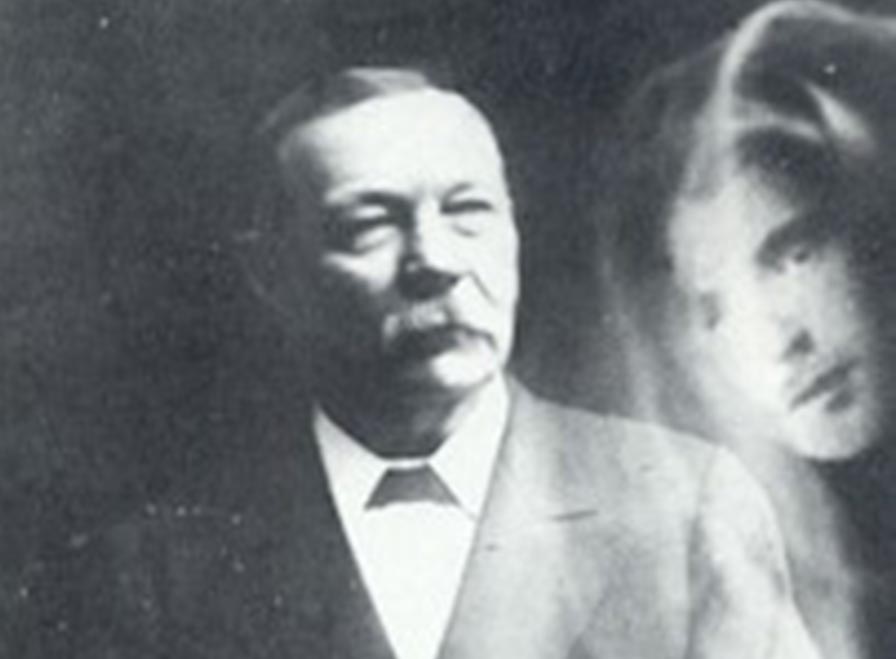Sir Arthur Conan Doyle created the world’s most logical, albeit also fictional, detective. And he also believed in ghosts. The literary father of Sherlock Holmes was a firm believer in spiritualism and promoted all things paranormal using the weakest of evidence as proof during his largely sold out lectures a century ago. He laid out his “evidence” in Tacoma and ended a friendship with the master illusionist Harry Houdini in the process.
Let that sit in for a minute. The writer who created the most science-based mystery solver of the literary world was friends with the most famous slight-of-hand expert on the planet. That friendship ended because the magician couldn’t tolerate how gullible his friend was when it came to such trickery. But that’s what happened. And it is known as one of the most epic friends-turned-foes story in celebrity history.
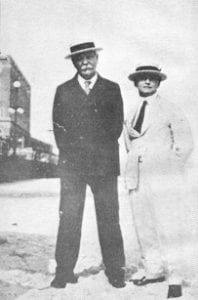
The backstory goes a little something like this:
Conan Doyle had become a firm believer in the North American Spiritualism movement that centered on the belief that ghosts were real and could communicate with the living through Ouija boards, psychics, crystal balls and mediums, who enter a trance to channel the dead to send messages to the living. To this day, about half of America believes in ghosts despite hard evidence spirits exist alongside the living. Conan Doyle was simply a pioneer and early champion of the widespread belief. He had been interested in the concept of souls and spirits from an early age after he witnessed things he couldn’t explain during his stint as a military doctor during the Boer War in South Africa in 1900.
The Industrial Revolution had fueled a boom in technology, science and medicine, so spiritualism fed right into that as a way of explaining the otherwise unexplainable. Doyle read papers and researched the topic and became a champion of the all-things-supernatural movement after a series of personal tragedies, particularly the death of his son during World War I. He had survived a wound from the Battle of the Somme only to die of the Spanish influenza epidemic of 1918.
Conan Doyle would publish a book in 1923 called “The Case for Spirit Photography,” which included a collection of images reportedly showing ghosts in the form of blurs and mists or partially distinguishable faces. One of them was of the author and his son, four years after his death. They look more than a bit hokey when observed by today’s Photoshop-savvy viewers, but they were seen as authentic images of spirits a century ago. Most notable among Conan Doyle’s collection of evidence involve the Cottingley Fairies, which were later debunked as being cardboard cutouts. But that didn’t stop Conan Doyle.
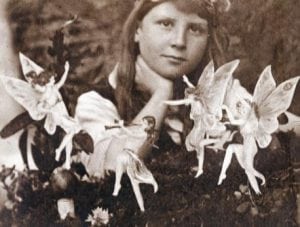
His book’s publication prompted a promotional tour that brought the crafter of Sherlock Holmes to Tacoma in June 1923.
Conan Doyle gave a lecture on spiritualism and the evidence of life after death at what is now the Tacoma Bible Presbyterian Church on South G Street. The building had been built just two years earlier as the Scottish Rite Cathedral for the local Masonic Lodge.
Here, Conan Doyle regaled the audience with his photos and descriptions of his experiences with “ectoplasm,” a mystery substance that reportedly appears when someone connects to the spirit world. The whole affair was covered by the Tacoma Daily Ledger, a top newspaper of its time, which described the ghostly goo as “a plastic substance, not yet fully understood, which comes from the body of the medium.”
All of this talk of mediums channeling spirits, fortune telling by way of crystal balls and showing of clearly faked photographs as “evidence” of ghosts and the existence of an afterworld were too much for Houdini. He set out to debunk self-proclaimed spiritualists by exposing their “proof” as simple parlor tricks involving string, smoke, props and the double exposure of film. They both believed in ghosts for the most part, but the magician wanted more evidence that what he could replicate with slight-of-hand tricks.
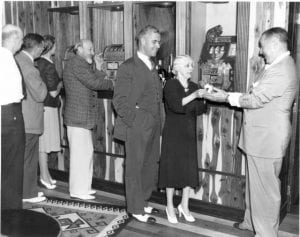
Houdini was as adamant about his belief everything was faked as Conan Doyle was about his belief that mediums could channel the spirits of dead relatives. That juxtaposition of views ended their friendship and sparked a publicity feud that played out in newspapers around the world as each of the former friends exchanged barbs and jab.
Their battle would only end when Houdini died in 1926, followed by Doyle four years later. Some of their letters and “evidence” were on display in 2012 at the Karpeles Manuscript Museum, just down the street from where Conan Doyle gave his lectures in Tacoma. Houdini apparently never visited Tacoma to state his case against ghostly images, but his widow did. Beatrice Houdini came to town in 1941 to attend the Pacific Coast Association of Magicians conference that year. She stayed at the house of at Ray Gamble, a Tacoma businessman who had just been elected the association’s president.





